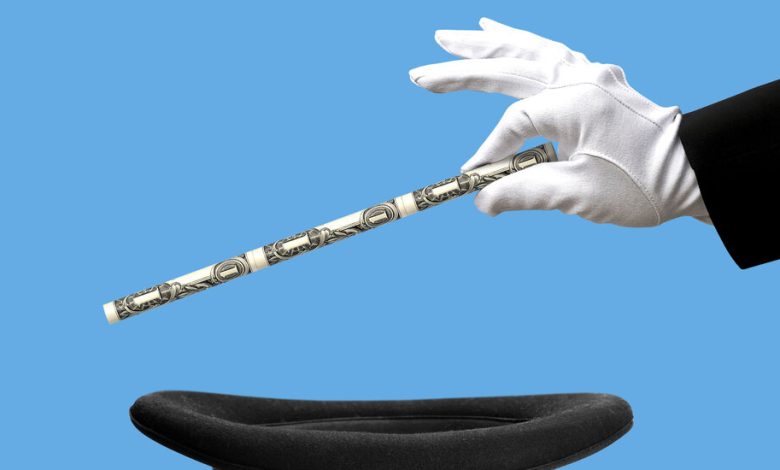Do You Believe in Monetary Magic?

Three weeks ago Argentina elected Javier Milei as its new president. Milei ran on a radical libertarian platform, whose most notable proposal called for eliminating Argentina’s currency, the peso, and replacing it with the U.S. dollar.
At this point it’s unclear whether Milei will actually follow through on that promise, or how radical a break he will actually make with previous policies in general; I don’t pretend to understand what’s currently happening in Argentine politics. But the fact that many people apparently believed that dollarization would solve Argentina’s problems was just the latest example of the enduring power of magical monetary thinking.
To be fair, money — and monetary policy — can sometimes seem like magic. Even before the rise of information technology, it was fairly amazing that people could persuade other people to give them goods and services in return for green pieces of paper with no intrinsic value. Now we can do business with smartphones and contactless debit cards that offer nothing but digital representations of worthless green paper.
Yet money exists, and it works; indeed, it tends to emerge in some form even without any kind of official support. Sam Bankman-Fried temporarily convinced investors that elaborate math could conjure an alternative to dollars out of thin air; now he’s confined to a prison, and that prison has reportedly evolved a rudimentary internal economy based on the exchange of packets of mackerel. (Consider all jokes about there being something fishy about this already made.)
We are having trouble retrieving the article content.
Please enable JavaScript in your browser settings.
Thank you for your patience while we verify access. If you are in Reader mode please exit and log into your Times account, or subscribe for all of The Times.
Thank you for your patience while we verify access.
Already a subscriber? Log in.
Want all of The Times? Subscribe.
